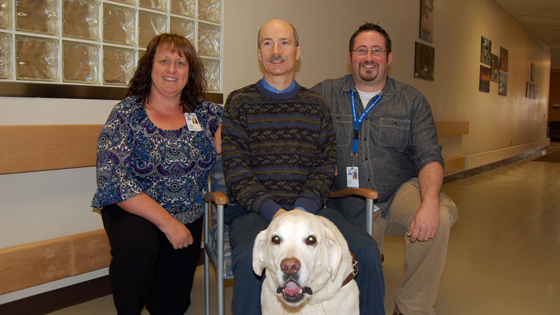
Imagine reading a book, just getting hooked on the characters and plot, and then discovering the rest of the book is sealed shut. Impossible to read any further. Talk about frustration!
That’s exactly what it’s like when people use screen readers or other technology to read documents that turn out to be inaccessible.
|
“It’s very frustrating when you can’t access a document or website, especially if it’s work related and you’re trying to make informed decisions. The knowledge to make things accessible is there and when people just don’t have the initiative to do it, it’s very annoying.” Richard Marsolais, |
That’s precisely why TOH’s most recent accessibility plan and accessibility policy were created and posted in a fully accessible format of Microsoft Word. No more snags; no more barriers. All readers can navigate easily through the charts, tables, text and graphics contained in these documents.
All of this didn’t happen by accident. I created the documents and collaborated with Andrew Fitches, a graphic designer in TOH’s Printing Department, on the more complex elements of accessible design. A community representative on TOH’s Accessibility Committee then provided the final test. He reviewed the document using screen-reading technology and gave it the double thumbs up for accessibility.
Think Accessibility!
Kelly Parent,
Accessibility Awareness and Planning Assistant
The Ottawa Hospital

Support patient care and research at
The Ottawa Hospital


 To reset, hold the Ctrl key, then press 0.
To reset, hold the Ctrl key, then press 0.